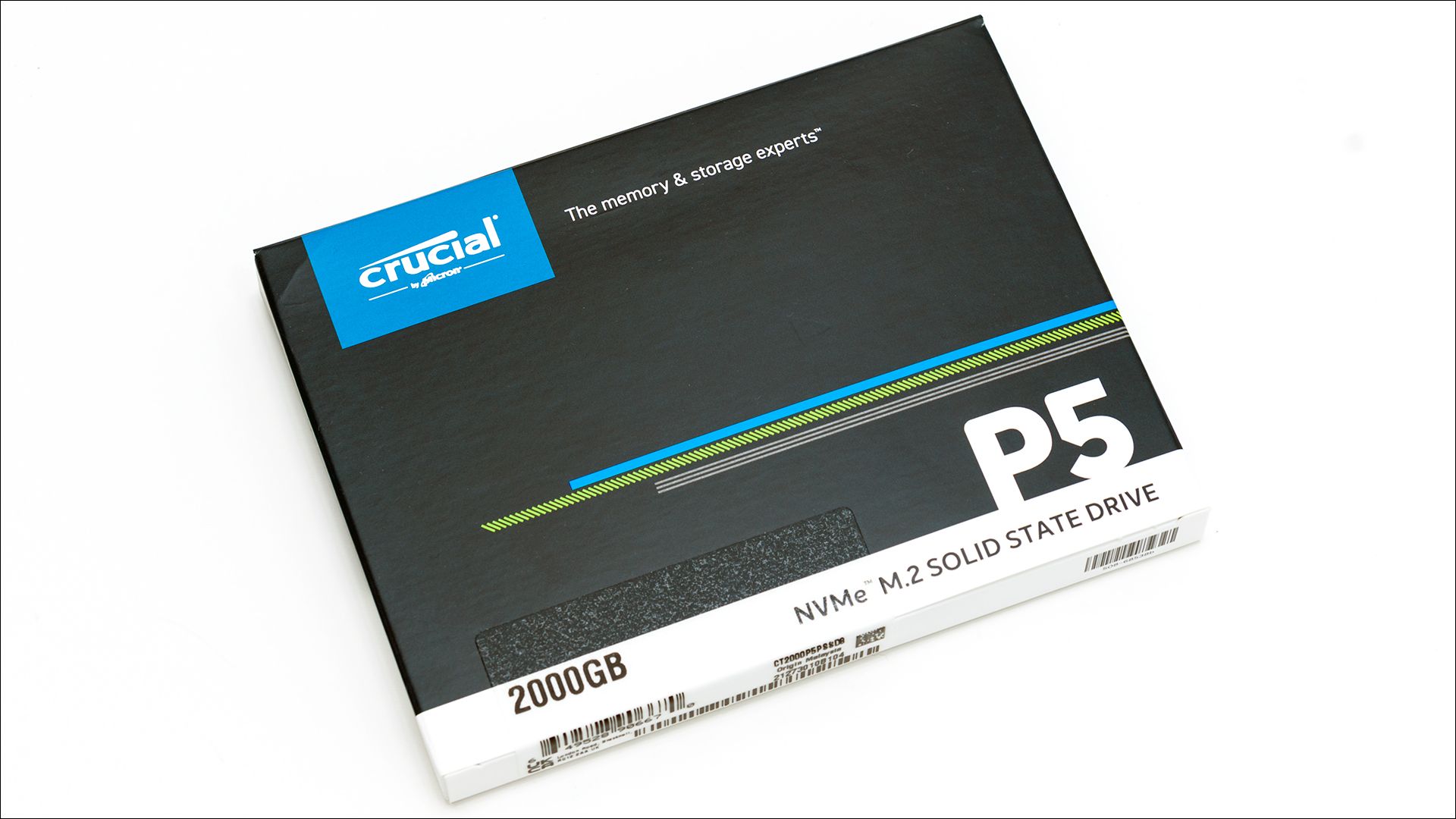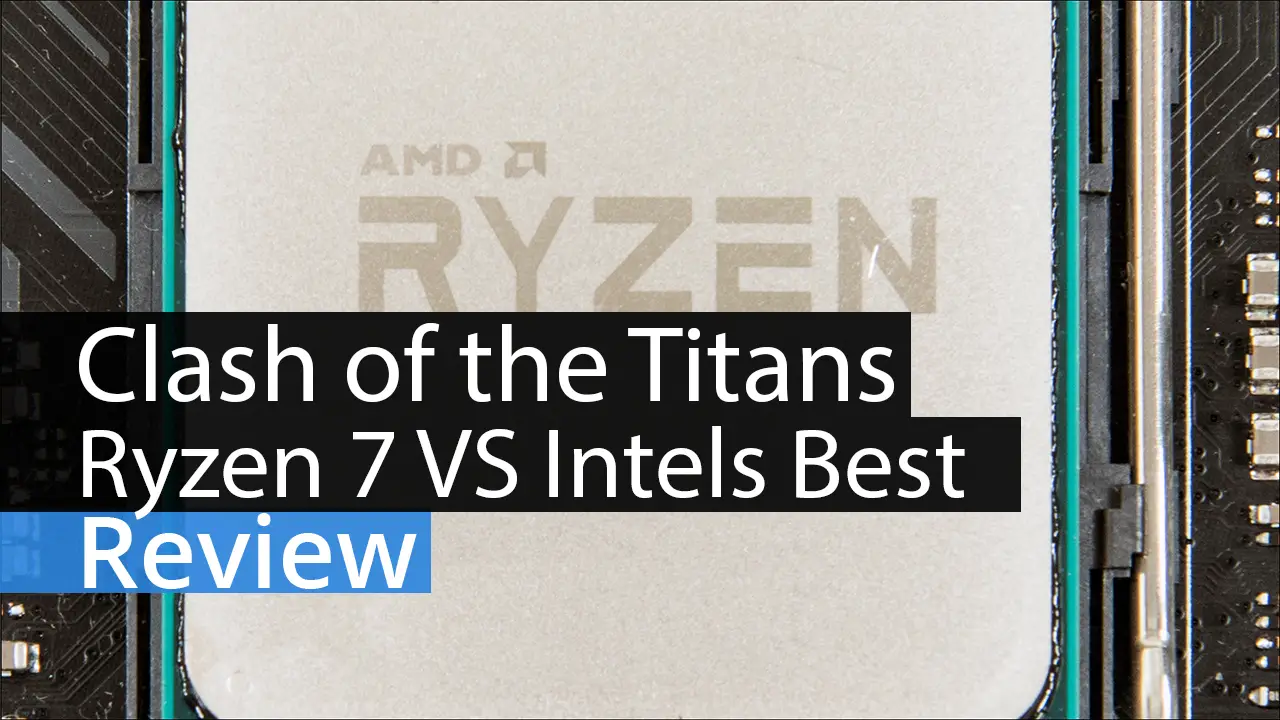Final Score: 90%
In certain circles it was well-known that Micron and Intel’s epic breakup was over a few key differences. Besides finical issues, the largest reason was over irreconcilable differences in philosophies. Intel was all about chasing that sweet, sweet 3DXPoint/ “Optane” technology, whereas Micron wanted to get into more creative NAND options and move on from IMFT’s Float Gate NAND tech.
Really, everyone and their dog knew that Float Gate NAND tech was at the end of its life way back when ‘2D’ / ‘planar’ NAND ruled the roost. It was a matter of when not if that FG was going to be replaced. Intel thought that going to the band-aid “3D” stacking process (and its accompanying larger node process) would give enough time for their shiny 3DXPoint to replace it. Micron… was not so sure on the viability of ‘Optane’ and believed that Charge Trap NAND was the only short to mid-term viable solution (until a proper replacement for NAND can be found). Considering Intel has yanked ‘Optane’ from the consumer marketplace… Micron was right. They were not only right, but they should also have dissolved IMFT long before their Float Gate tech ran out of time.
It was equally well known that Micron’s first gen Charge Trap (aka 128-Layer Replacement Gate) was… well… underwhelming. It was relatively slow and, generally speaking, was not that much better than their existing Float Gate NAND tech. Technology that was quickly falling behind the competitions latest and greatest offerings. This was not surprising as it took Toshiba (and Samsung) multiple generations (and RnD budgets bigger than some smaller countries’ GDP) to make CT NAND ready for prime time. No, what is surprising is Micron got it right so fast. They literally went from trailing the pack with products either quickly showing their age and / or not ready for mass production… to the leader of the market in a single generation. All thanks to their new 176-layer ‘Replacement Gate’ NAND.
This new NAND is a paradigm shift for Micron. It is NAND that not only can compete against the best Samsung, Kioxia, or SanDisk has to offer but even outperform them – right now. Be it in performance. Durability. Density… or even value. Micron can once again go toe to toe with them all and do so for the foreseeable future. Put another way Micron, has created another cult classic and snatched victory from the jaws of inevitable defeat. Their Replacement Gate tech truly is that good and is all but assuredly going to pop up in a veritable ton of Solid-State Drives in the coming months.
It is also the sole reason for the P5 Plus being so gosh darn good. Forget firmware tweaks. Forget the fact that the new DM02 is a bit better than its predecessor. Neither would have been enough to elevate the P5 Plus from the mediocrity that nicely summed up the original P5 series. Instead, this new NAND is more than enough to push the P5 Plus well past what Phison E16 + Tosh/Kioxia NAND based models can do and maybe, just maybe keep the P5 Plus from being quickly surpassed by Phison E18’s… unless they too are rocking Micron B47R NAND. We have a sneaking suspicion that combination will even be faster. That last remains to be seen, but in all likelihood the P5 Plus’ performance will fall somewhere between a E16+BiCS4 and E18 models equipped with this wunderbar NAND. That is to say… extremely good bordering on excellence for the next year or more… and doing so without costing a fortune.
No matter what the future brings, one thing that is certain is right now the P5 Plus is an excellent SSD at an excellent price. So much so that even it does quickly get surpassed by even faster models it still will be hard to beat when looking at overall value. So, if you are looking for a great NVMe M.2 SSD that will not break the bank while still satisfying your craving for both capacity and performance the Crucial P5 Plus series demands to be on your short list. Congratulations Micron for once again proving that you are true trailblazers of the industry.



The Review
Crucial P5 Plus 2TB
No matter what the future brings, one thing that is certain is right now the P5 Plus is an excellent SSD at an excellent price. So much so that even it does quickly get surpassed by even faster models it still will be hard to beat when looking at overall value. So, if you are looking for a great NVMe M.2 SSD that will not break the bank while still satisfying your craving for both capacity and performance the Crucial P5 Plus series demands to be on your short list. Congratulations Micron for once again proving that you are true trailblazers of the industry.










